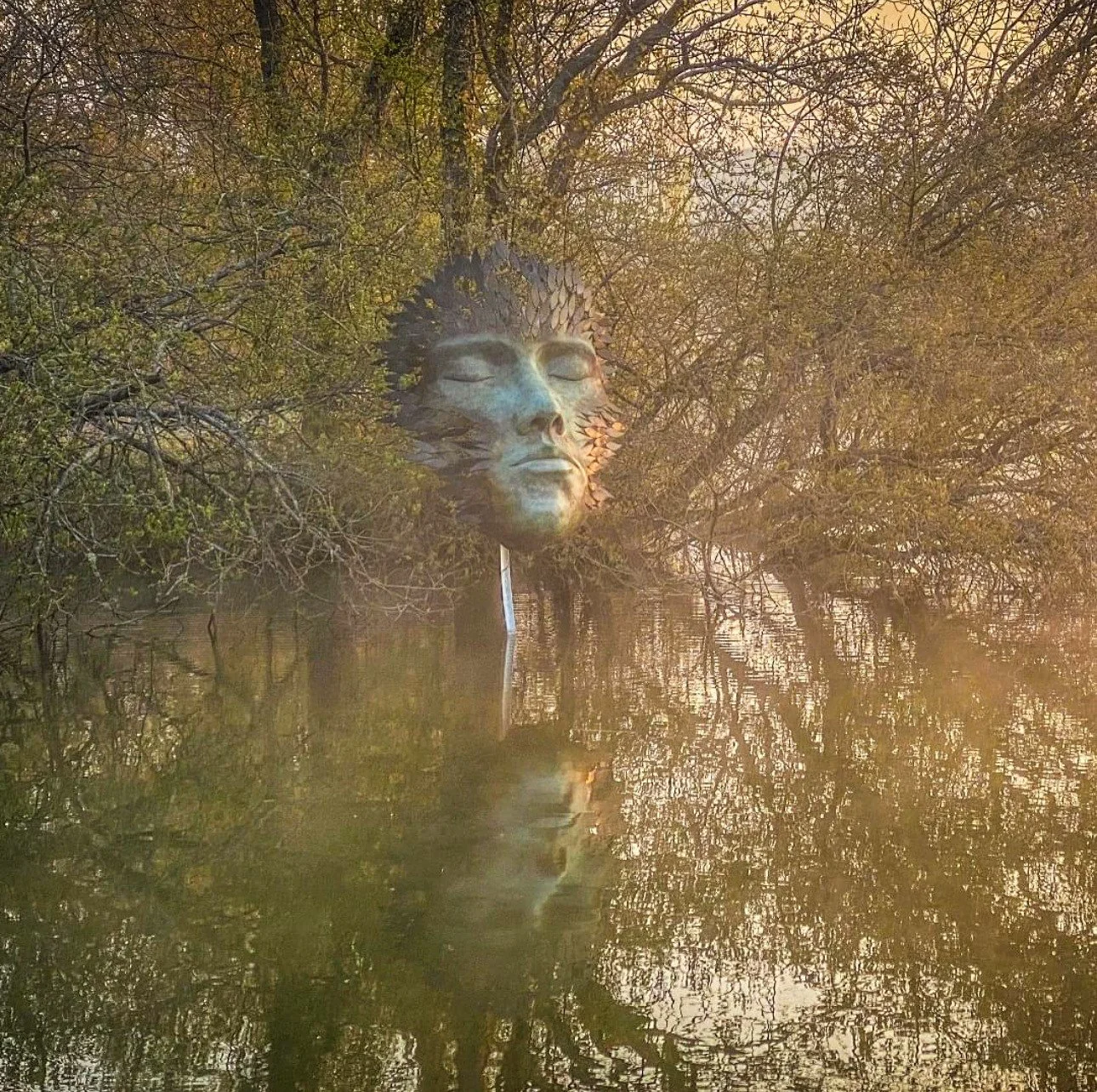Neuroaesthetics
Research shows that engaging with art can lower stress, reduce anxiety, and enhance overall well-being
Neuroaesthetics: The Science of Art and the Brain
Neuroaesthetics is an emerging field that explores the connection between art, beauty, and the brain. It examines how our brains process visual, auditory, and sensory experiences related to art, music, and design. By blending neuroscience, psychology, and philosophy, neuroaesthetics seeks to answer profound questions: Why do we find certain artworks beautiful? How does creativity affect the mind? Can art influence emotions and cognition?
The Neuroscience of Aesthetic Experience
When we look at a painting, listen to a symphony, or experience a breathtaking landscape, our brain engages in complex processes. Neuroimaging studies show that aesthetic appreciation activates multiple brain regions, including the visual cortex, responsible for processing colors and shapes, and the prefrontal cortex, involved in decision-making and personal preference.
One key area is the default mode network (DMN), which is linked to introspection, imagination, and daydreaming. This network becomes active when we engage with art, suggesting that beauty and creativity stimulate deep, reflective thought. Another important area is the reward system, particularly the ventral striatum and orbitofrontal cortex, which release dopamine, the “feel-good” neurotransmitter. This explains why art can evoke pleasure, joy, or even a sense of transcendence.
Why Do We Perceive Beauty?
Our perception of beauty is influenced by both biological and cultural factors. Some theories suggest that symmetry, balance, and proportion—such as those seen in classical art or nature—are universally appealing because they signal health and stability. Evolutionarily, humans may have developed a preference for these features as a way of identifying fertile partners or safe environments.
At the same time, cultural influences shape our aesthetic tastes. Personal experiences, upbringing, and exposure to different artistic styles all contribute to what we find beautiful or moving. This is why beauty is both a shared human experience and a highly subjective one.
The Therapeutic Power of Art
Neuroaesthetics also explores how art impacts mental and physical health. Research shows that engaging with art—whether by creating or observing—can lower stress, reduce anxiety, and enhance overall well-being. Music therapy, for example, has been shown to help patients with neurodegenerative diseases like Alzheimer’s by activating memory-related brain regions. Similarly, painting or sculpting can be a powerful form of therapy for individuals dealing with trauma or depression.
Hospitals and wellness centers increasingly incorporate art and design to create healing environments. Studies show that patients recover faster in aesthetically pleasing surroundings with natural light, soothing colors, and artistic elements. This supports the idea that beauty has tangible effects on the brain and body.
Neuroaesthetics in Everyday Life
Beyond art galleries and museums, neuroaesthetics plays a role in architecture, product design, and even marketing. Companies use principles of visual harmony, color psychology, and spatial design to enhance user experience and emotional engagement. The way a space is designed—whether a home, office, or public park—can influence mood, productivity, and creativity.
As technology advances, neuroaesthetics will continue to reveal new insights into how art and beauty shape human experience. Whether through a captivating painting, a melody that moves us, or a well-designed space, our brains are constantly engaging with aesthetics in ways that impact our emotions, thoughts, and well-being.
Combine Nature with Art for the ultimate stress buster -

